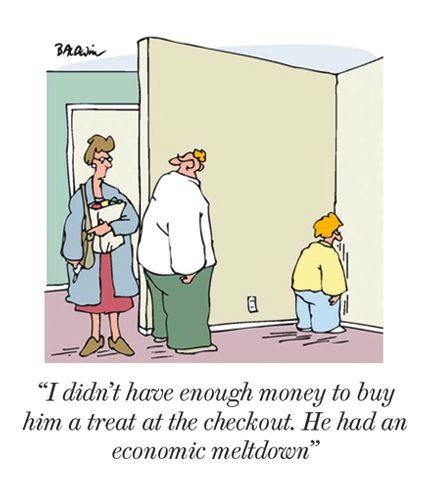©Brian Jackson/Shutterstock
In common with a lot of small business owners who end up running their own financial affairs, my eldest brother has grown pretty tired of braving the ups and downs of the stock market in search of steady investment income. So when he phoned up a few weeks ago, we talked about other options. What about corporate bonds, he wondered.
I last ventured into the London Stock Exchange’s retail bond market about four years ago, when I was seeking ways to generate income for our late mother. It worked well then, and, prompted by my brother’s inquiry, I went back for another look. The choice today is much broader than it was then: a large number of bonds that are easily available to DIY investors no longer trade at a big premium, enabling you to buy them roughly “at par,” allowing for dealing costs. This means that you’ll pay about the same price they were issued at, normally £100 for bonds with a face value of £100.
The upshot is that a reasonably cautious investor can achieve an annual yield of about 5 per cent from a spread of bonds, most of which are issued by members of the FTSE-100 or FTSE-250 indices of the UK’s largest companies. Savings rates are minimal, and dividend yields of 5 per cent are rare and come with a lot of risk of share price drops that will render any yield irrelevant. Seen this way, corporate bonds offer a reasonable balance of risk and return.
Personally, I feel happier if I’m able to buy a bond at close to par. Much below that and I’m ignoring the market’s suggestion that this company might not be able to repay the debt; much above and I’m joining the rush of investors that have chased up the price of the bond to the point where the yield starts to look thin. Bond yields, like dividend yields, depend on the price you pay. If a company issues a bond at £100 that yields 5 per cent and you buy it for £100, you’ll receive your 5 per cent coupon (as it’s known), normally in six-monthly chunks. If you buy the same bond for £110, you’ll receive the same sum of money twice a year but the yield won’t be 5 per cent because you paid £110 rather than £100. In fact, as the price rises from £100 to £110, your yield will drop from 5 per cent to just over 4.5 per cent.

These bonds may not come with the possibility of big capital gains, but that’s not what a lot of people, my brother included, are looking for. They just want a decent balance of yield and safety, and in a world where both are pretty scarce the retail corporate bond market is a far from foolish place to go hunting.












